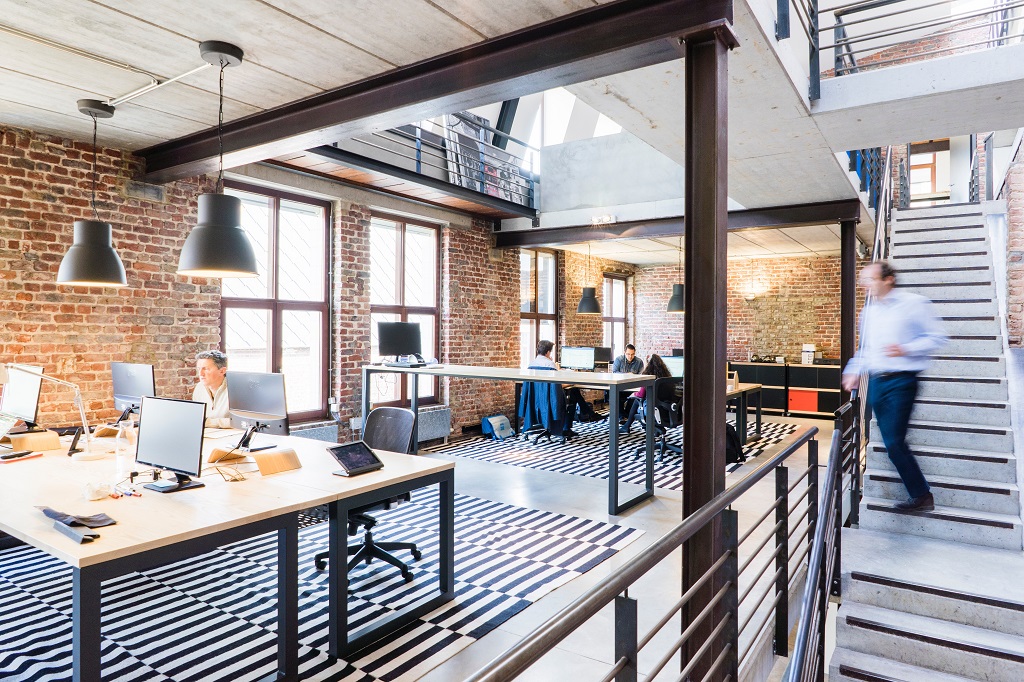
How Office Interior Design Affects Productivity
Many people pondered if the emergence of hybrid and remote work marked the death of the traditional workplace in the early stages of the pandemic. Instead of being entirely displaced by remote techniques, many organizations have responded to changing employee needs and conditions by opting for team-based, comfortable, and flexible locations that stimulate creativity, collaboration, and productivity.
The average full-time employee spends 1,800 hours per year, with the majority of those spent at an office. Consider this: the less time you spend thinking about your workplace, the more time you have to work and feel fulfilled. Great office interior design relieves mental strain and promotes concentration. How can an office be designed to be productive and purposeful? Let us impart some knowledge to you!
Make the most of your innate human senses to design the office interior
We’re all pre-programmed to react to sensory input. When constructing a new workspace, work with your team’s biological and social inclinations rather than against them.
1. Lighting
Lighting affects many aspects of work life, including productivity, mental health, and workplace safety. Knowing what type of lighting to use in a room may make a huge difference. Natural light improves your mood and increases your Vitamin D levels while also assisting your body’s circadian cycle. Warm light (such as lamps) is more relaxing and appealing, whereas cooler light relieves weariness and promotes teamwork.
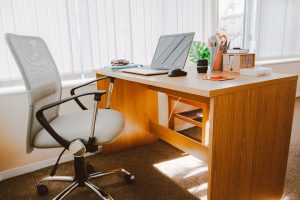
2. Colors
The hue of our surroundings can alter our moods and cause our bodies to react differently. Hard, powerful colors produce a different effect than soft, muted colors. Warmer colors can stimulate imaginative thought and intensity, while natural hues like green and blue can boost efficiency and focus.
3. Plants
We’re wired to connect with nature, and having plants in the office is a effective method to enhance productivity. Plants assist to decrease stress, purify the air, and even lower noise.
4. Art
Art in the workplace has been proved to boost productivity and creativity. Companies are increasingly appreciating the advantages of showcasing art in the workplace. It improves aesthetics while also serving as a source of pride for individuals who work in the area.
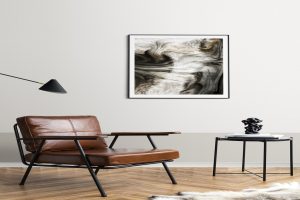
5. Food & Beverages Accompaniment
You don’t have to pay for lunch every day, but encouraging hydration and giving nutritious office snacks will go a long way. However, there are numerous benefits to providing your employees with the correct foods and beverages, including increased energy, increased focus, and fewer sick days.

6. Seating and Movement
You’ve probably previously heard about the consequences of prolonged sitting at work. There are times when staying in one location and focusing is necessary—you may choose open seating, private offices, or a combination of nooks and crannies—but getting out and walking, bumping into coworkers throughout the office, and breathing some fresh air are all essential for a healthy workplace.
7. Materials
Materials are another crucial thing to consider when purchasing office furniture. Consider not only the material’s aesthetic impact and durability but also how it feels to touch and how it sounds when you engage with it.
- If you’re working with limited space, glass is a terrific option. It provides usable space while maintaining a light aesthetic.
- Metal is a wonderful alternative for durability and can be useful in sanitary environments.
- Wood is a timeless material that gives a room visual warmth and stability. Harder surfaces, such as steel or glass, can also feel less natural.
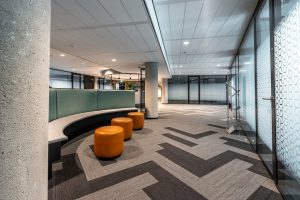


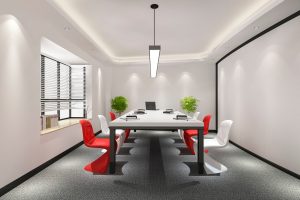
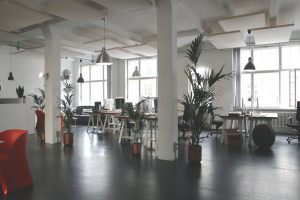
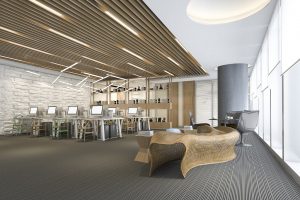
No Comments